Conceived in the early 1980s as a four-wheel-drive Group B competitor, the Porsche 959 was first displayed in ‘concept car’ form at the 1983 Frankfurt Motor Show, and despite the subsequent abandonment of the events for which it had been intended, entered limited production in 1987. Representing the ultimate in automobile design, the 959 successfully adapted state-of-the art racing technology for road use, and even today its specification remains unparalleled. At the car’s heart was a unique, 2,849cc version of the classic, six-cylinder, air-cooled ‘boxer’ engine equipped with water-cooled, double-overhead-camshaft, four-valve cylinder heads. The latter had been developed initially for the 1981 Le Mans-winning 936, and were further refined on the even more successful 956/962 that triumphed at La Sarthe every year from 1982 to 1987. In 959 specification this formidable twin-turbo-charged unit produced 450bhp, an output which, combined with the lightweight composite body’s drag coefficient of just 0.32, proved sufficient to propel the 959 past 195mph and on to the front rank of all-time supercars. The 959’s sophisticated four-wheel-drive six-speed transmission paved the way for that of the Carrera 4; computer controlled, it provided variable torque split with alternative programmes for dry, wet, icy or off-road conditions. Ride height was electrically controlled, the ABS brakes delivered race-car levels of retardation and the run-flat tyres were monitored for pressure loss, all of which made for a car faster than just about anything else on the road yet, in the Porsche tradition, was comfortable, practical and reliable. Indeed, with its electric windows and mirrors, climate control, electric heated seats and superb stereo system, the 959 rivalled many a limousine for luxury. Although its Group B raison d-être had ceased to exist, the Porsche 959 did achieve one major competition victory, René Metge and Dominique Lemoyne winning the gruelling Paris-Dakar Rally in 1986 in their works 959 with similar cars in second and seventh places, while the race-developed variant finished seventh at Le Mans that year, winning the IMSA GT2 class. In total, fewer than 300 of these exclusive supercars were made - the official factory figure is 292. Finished in black metallic with two-tone grey leather upholstery and matching carpets, this example displays a total of 7,342 kilometres on the odometer and comes with current German title, while other accompanying documents indicate that it was in the USA in the early 1990s. We understand that the car was sold at a Government re-possession sale and that it has not run for around four years; some re-commissioning will, therefor, be required before it is used.
Conceived in the early 1980s as a four-wheel-drive Group B competitor, the Porsche 959 was first displayed in ‘concept car’ form at the 1983 Frankfurt Motor Show, and despite the subsequent abandonment of the events for which it had been intended, entered limited production in 1987. Representing the ultimate in automobile design, the 959 successfully adapted state-of-the art racing technology for road use, and even today its specification remains unparalleled. At the car’s heart was a unique, 2,849cc version of the classic, six-cylinder, air-cooled ‘boxer’ engine equipped with water-cooled, double-overhead-camshaft, four-valve cylinder heads. The latter had been developed initially for the 1981 Le Mans-winning 936, and were further refined on the even more successful 956/962 that triumphed at La Sarthe every year from 1982 to 1987. In 959 specification this formidable twin-turbo-charged unit produced 450bhp, an output which, combined with the lightweight composite body’s drag coefficient of just 0.32, proved sufficient to propel the 959 past 195mph and on to the front rank of all-time supercars. The 959’s sophisticated four-wheel-drive six-speed transmission paved the way for that of the Carrera 4; computer controlled, it provided variable torque split with alternative programmes for dry, wet, icy or off-road conditions. Ride height was electrically controlled, the ABS brakes delivered race-car levels of retardation and the run-flat tyres were monitored for pressure loss, all of which made for a car faster than just about anything else on the road yet, in the Porsche tradition, was comfortable, practical and reliable. Indeed, with its electric windows and mirrors, climate control, electric heated seats and superb stereo system, the 959 rivalled many a limousine for luxury. Although its Group B raison d-être had ceased to exist, the Porsche 959 did achieve one major competition victory, René Metge and Dominique Lemoyne winning the gruelling Paris-Dakar Rally in 1986 in their works 959 with similar cars in second and seventh places, while the race-developed variant finished seventh at Le Mans that year, winning the IMSA GT2 class. In total, fewer than 300 of these exclusive supercars were made - the official factory figure is 292. Finished in black metallic with two-tone grey leather upholstery and matching carpets, this example displays a total of 7,342 kilometres on the odometer and comes with current German title, while other accompanying documents indicate that it was in the USA in the early 1990s. We understand that the car was sold at a Government re-possession sale and that it has not run for around four years; some re-commissioning will, therefor, be required before it is used.
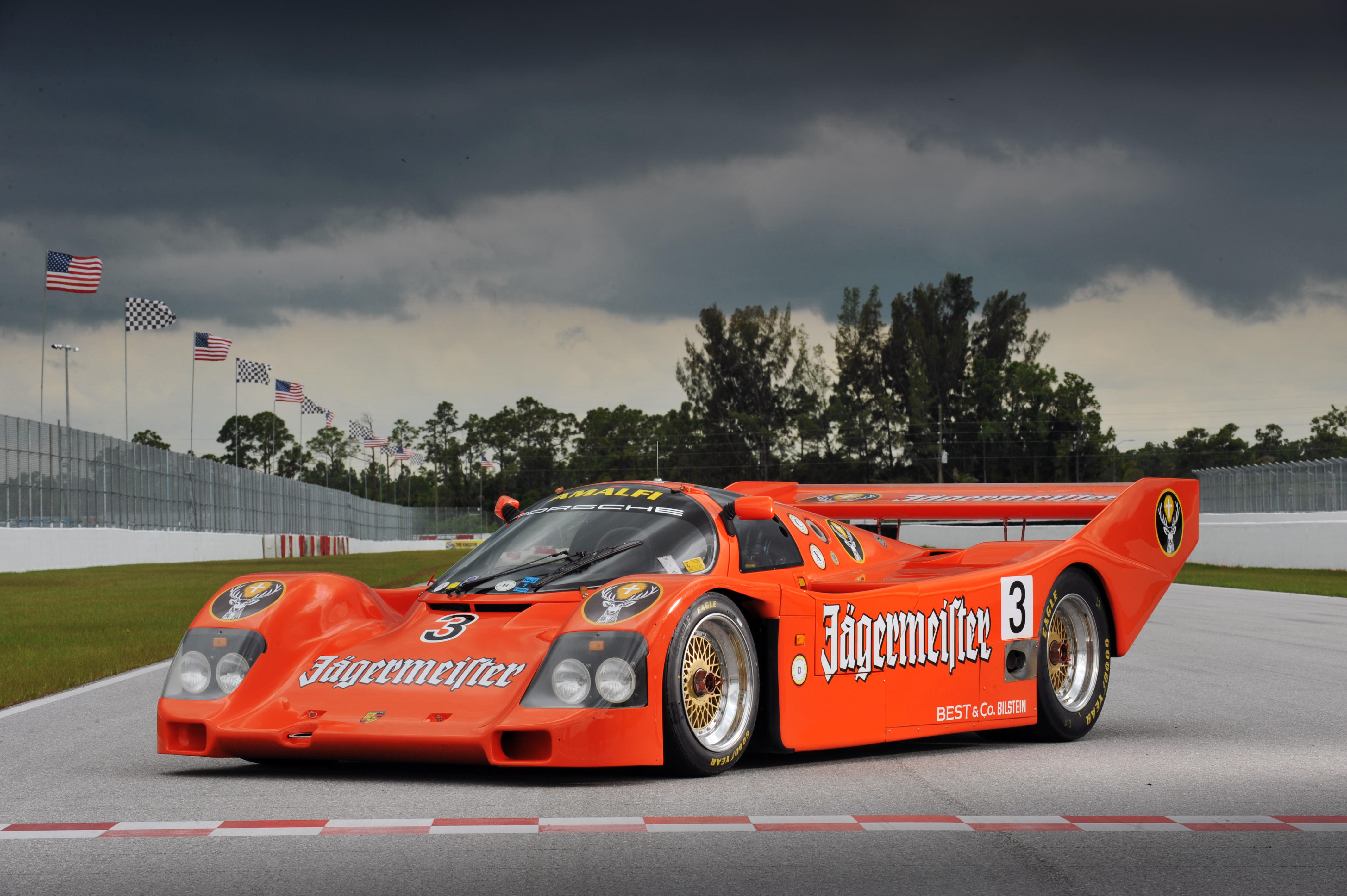

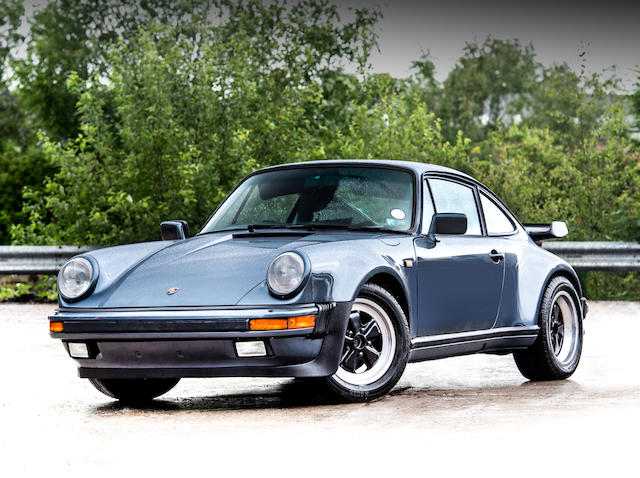


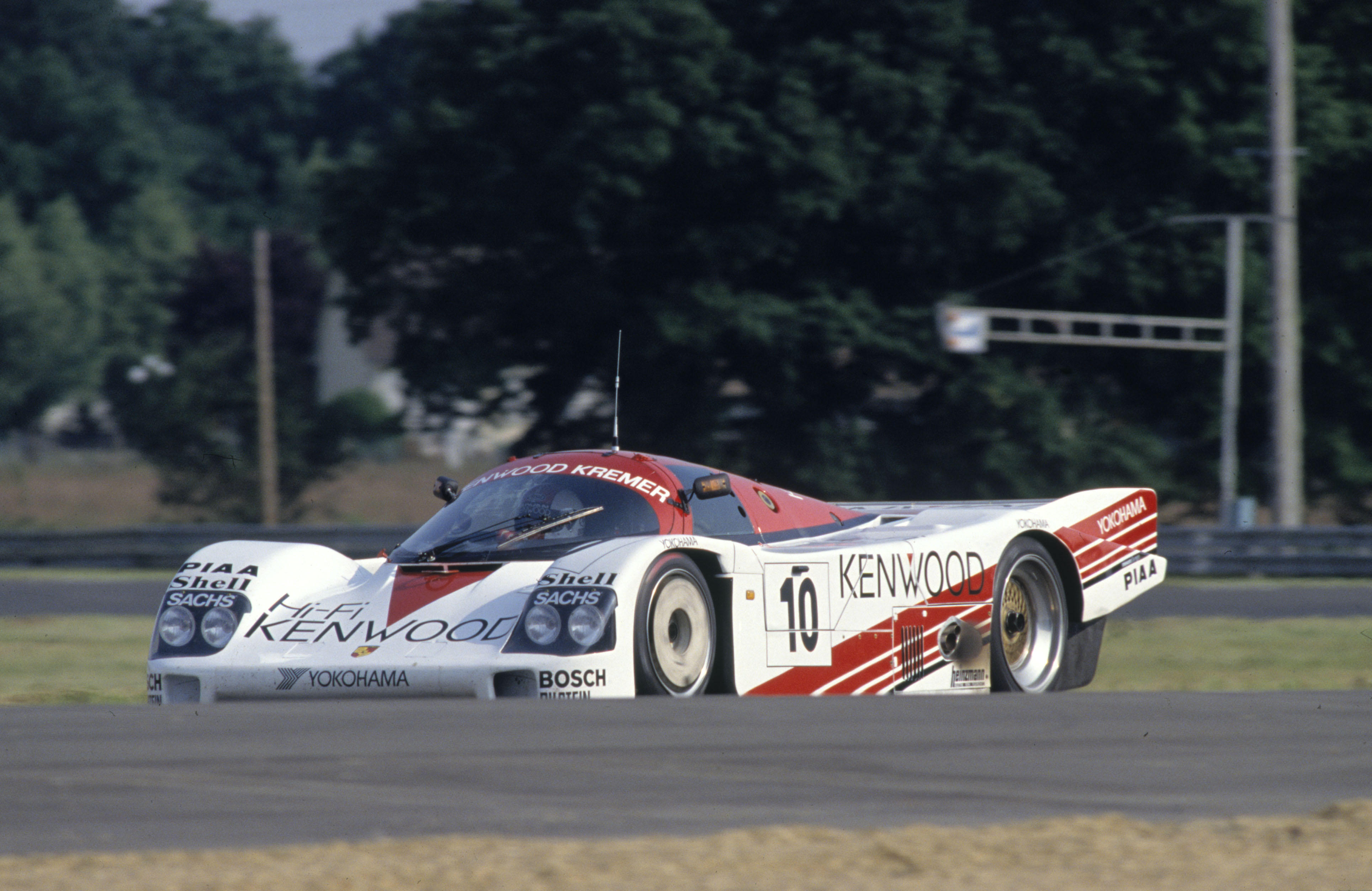

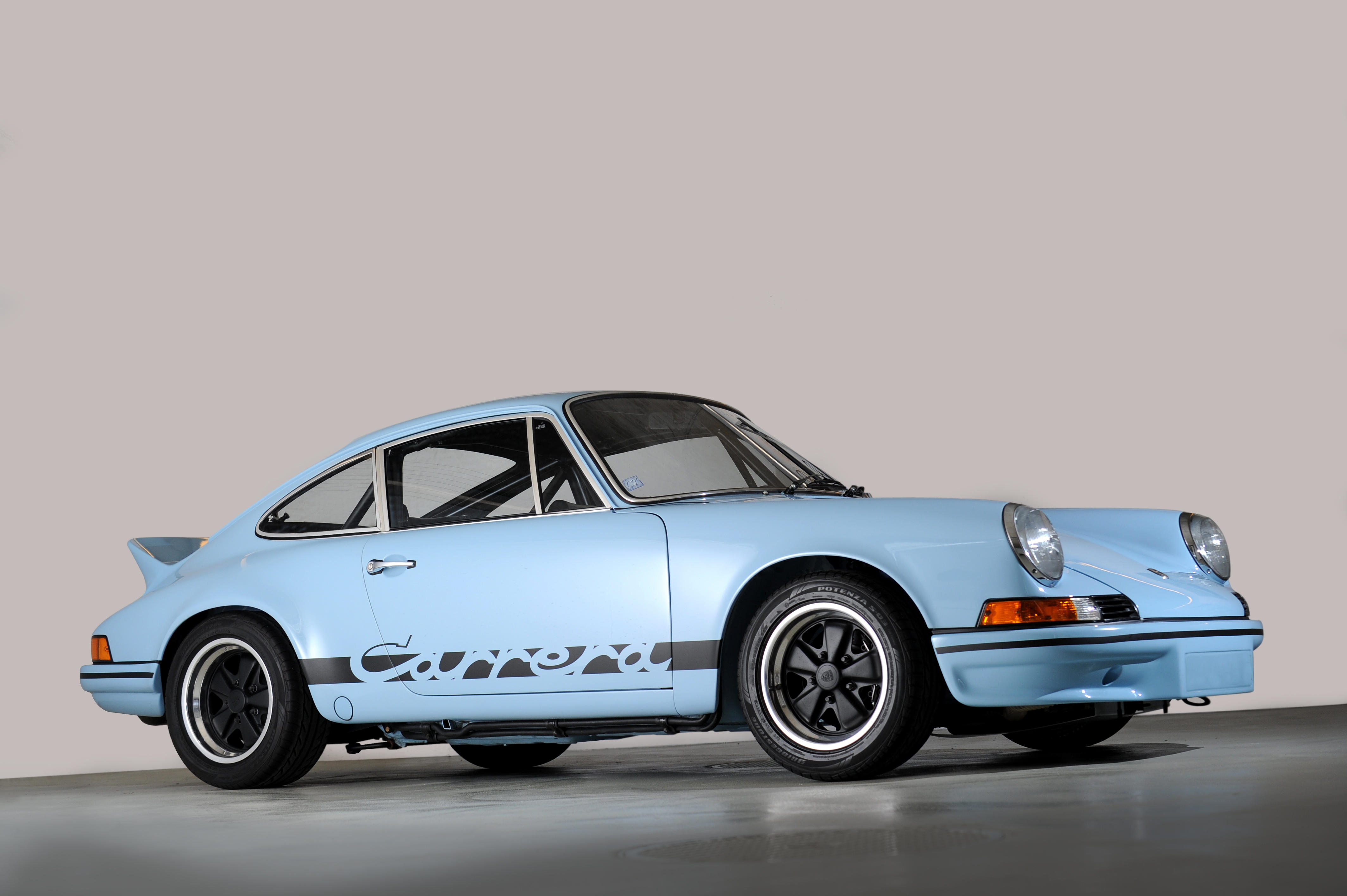


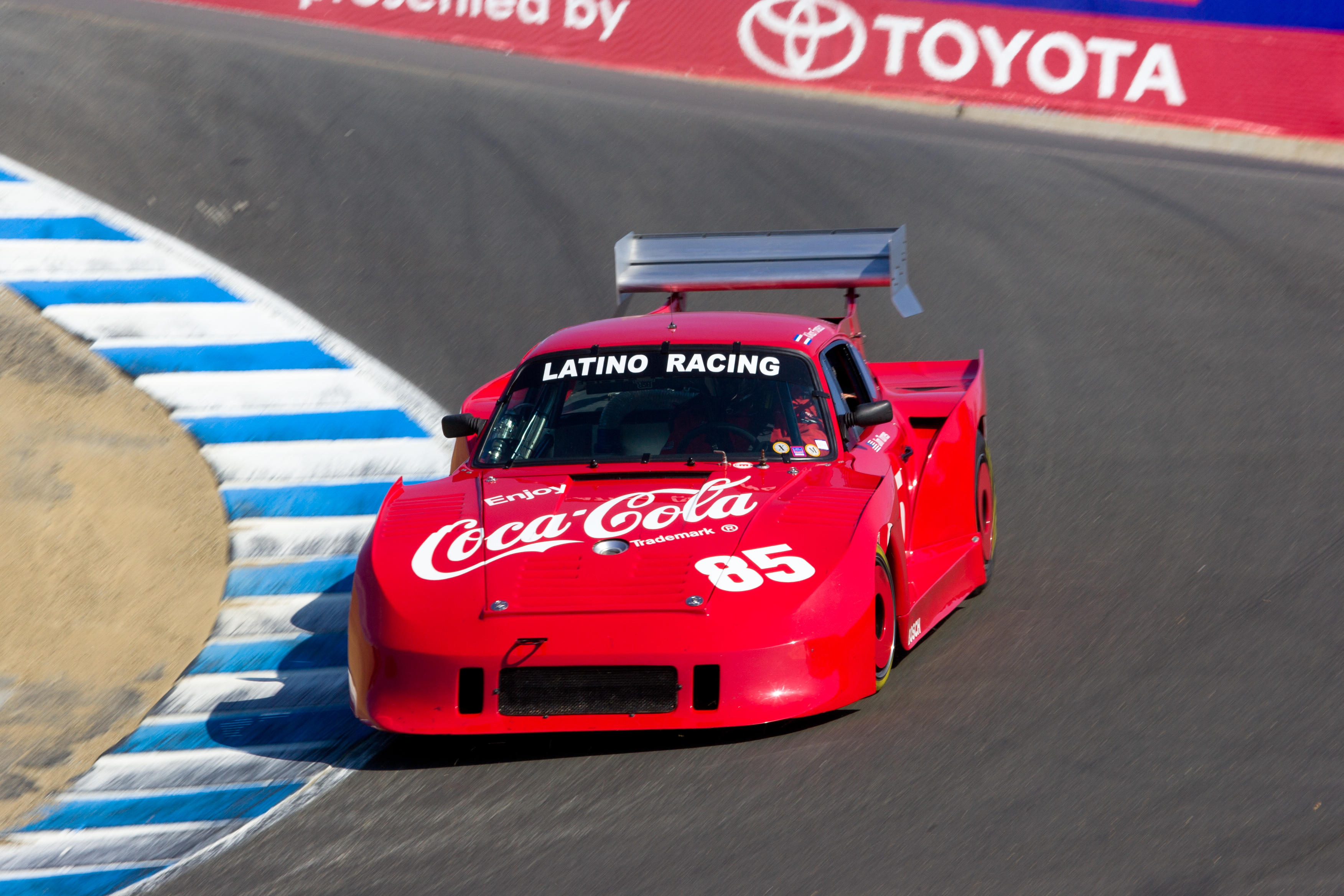
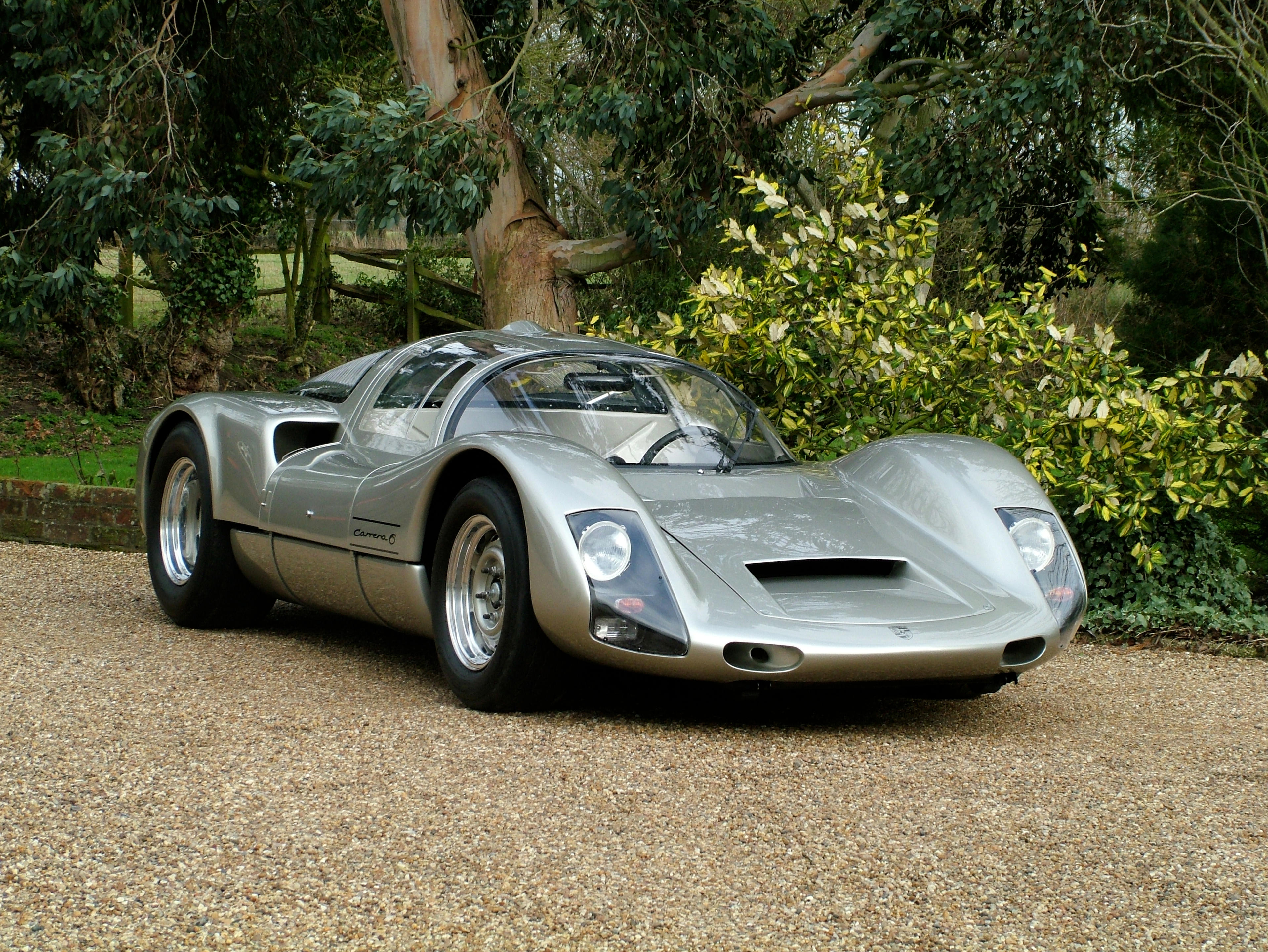
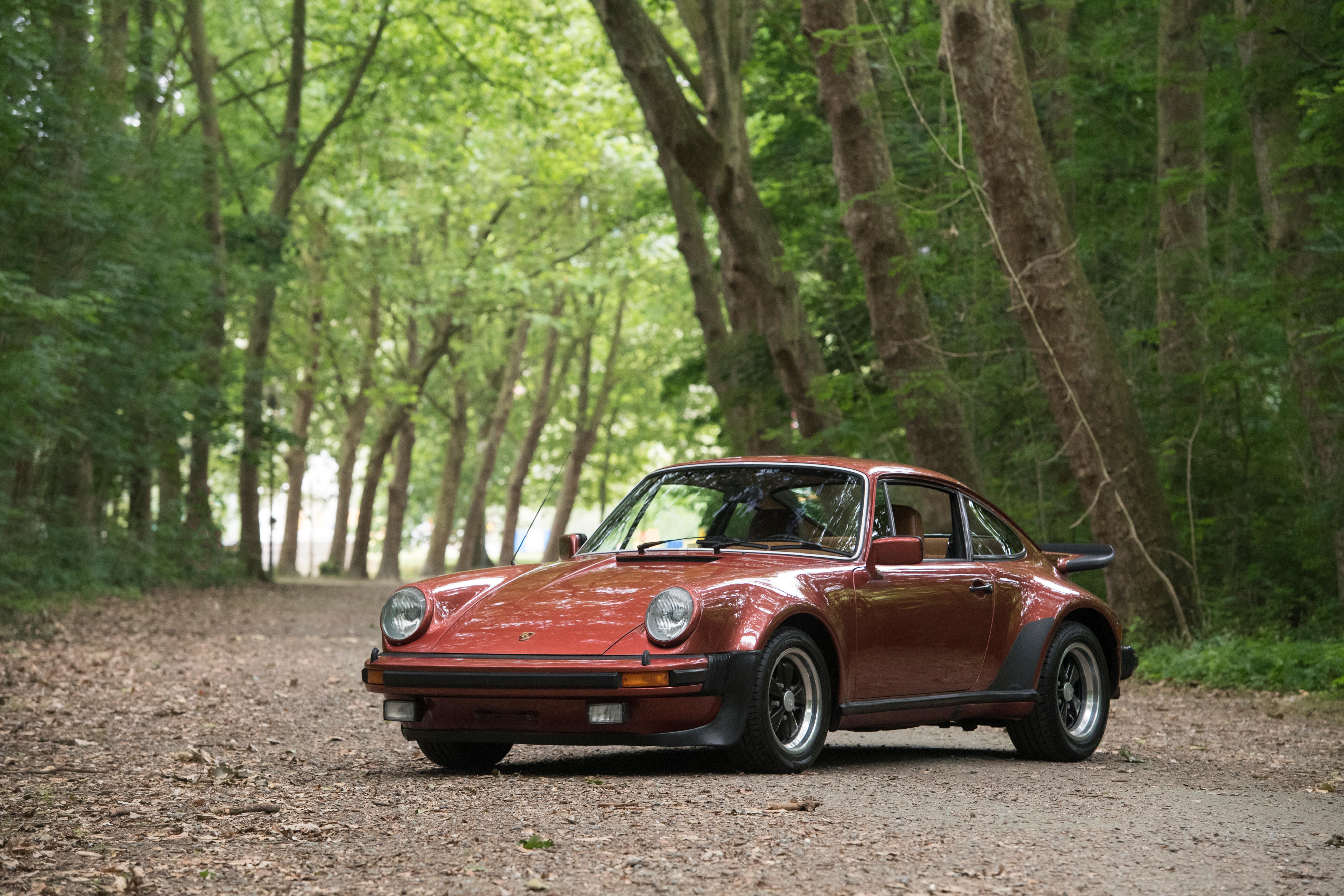
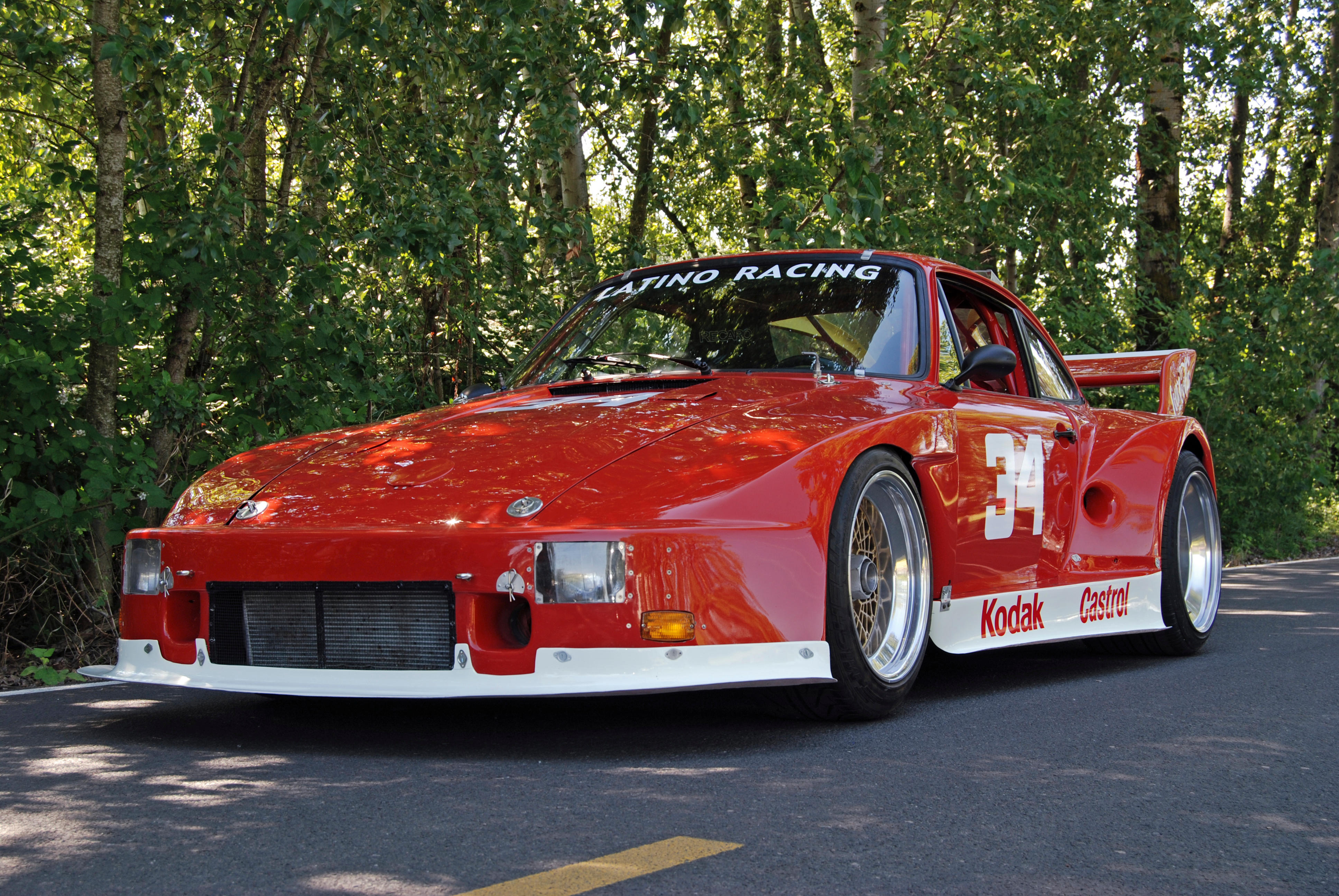
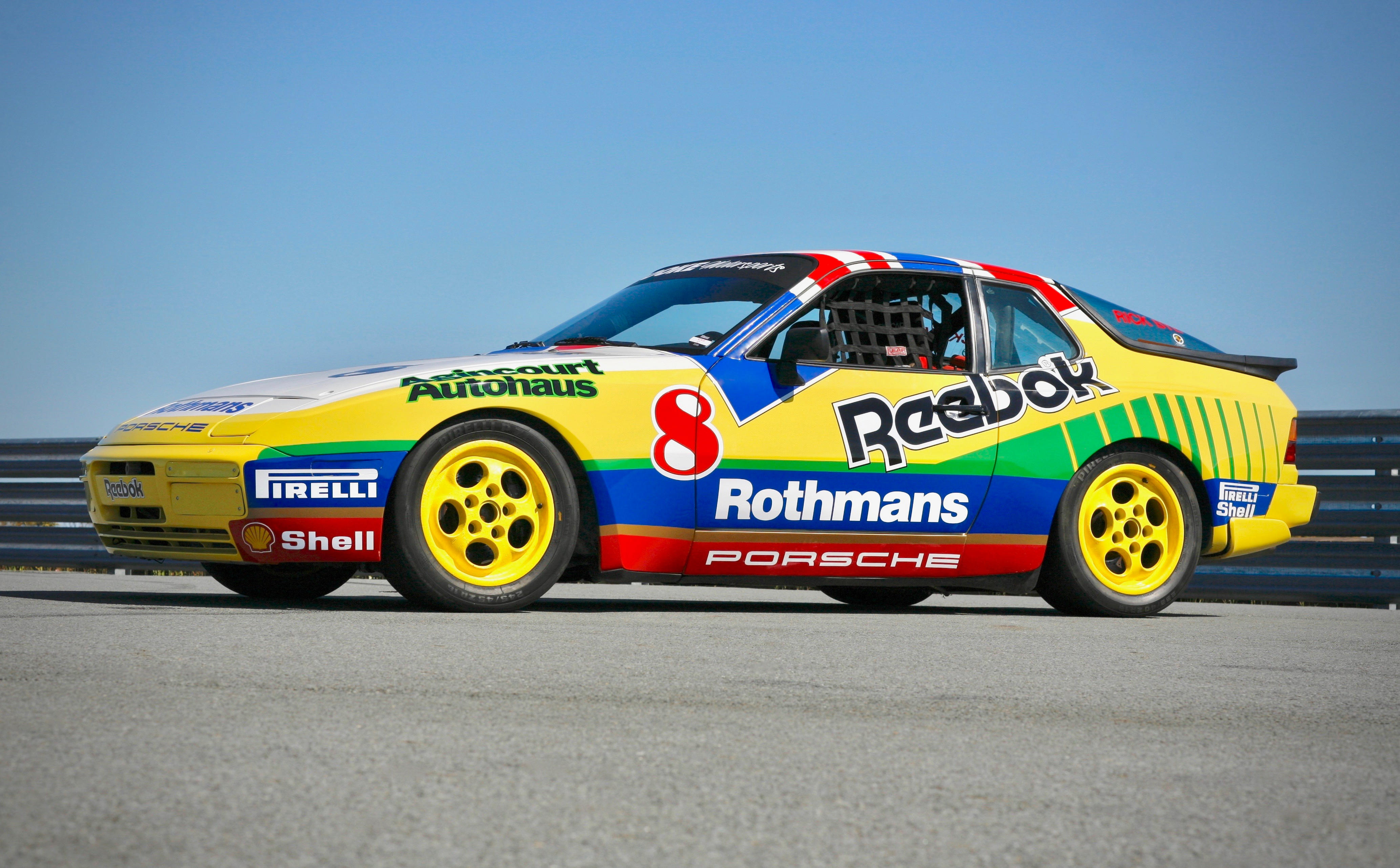
Testen Sie LotSearch und seine Premium-Features 7 Tage - ohne Kosten!
Lassen Sie sich automatisch über neue Objekte in kommenden Auktionen benachrichtigen.
Suchauftrag anlegen